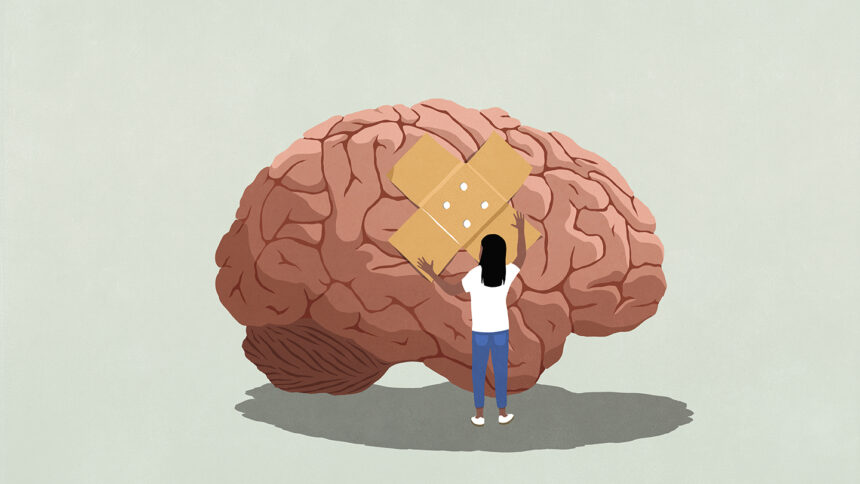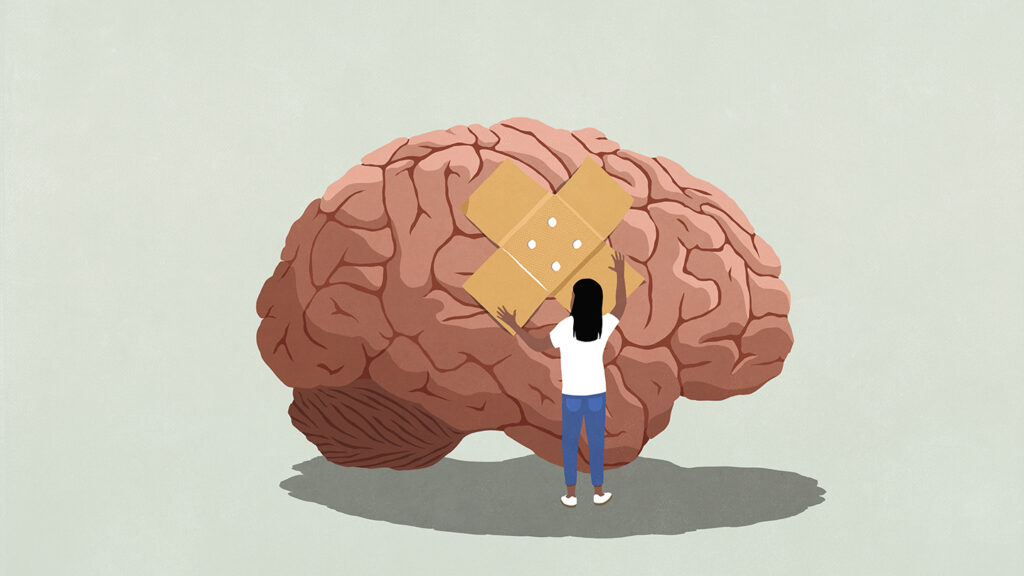

A new system that uses a wrist-worn wearable device and a series of tags could be a breakthrough technique for monitoring stroke rehabilitation, researchers say.
The team behind the wrist monitor, which is in development, received a $1.14 million grant from the National Institutes of Health.
Successful rehabilitation treatment for stroke victims is crucial, as 80% of those who’ve had a stroke experience, the researchers note.
Approximately 800,000 people suffer strokes in the US each year, three-fourths of whom are older adults, according to the Centers for Disease Control and Prevention.
The CDC estimates that 11% of older adults living in residential care facilities have had at least one stroke.
The wrist monitor’s works in tandem with a series of “smart tags” placed around a person’s living space, such as a light switch, which then provides data about how they are using their body. The sensing technology overall is labeled Body Channel Identification.
“Severe arm weakness is the most common impairment that stroke survivors face, impeding their ability to engage in everyday activities, from reaching to grasping,” lead researcher Mary Ellen Stoykov, PhD, said in a statement. “With this grant, our interdisciplinary team will be able to capture novel data that will shed light on how individuals with stroke engage their arms and hands in daily life, and will inform clinical interventions that have the potential to lead to better outcomes related to motor control.”
One key diagnostic the team is hoping to measure is making sure a stroke patient isn’t over-reliant on one side of the body, a problem that can often lead to falls.
Deaths from stroke have started to increase after decreasing for the previous four decades, the McKnight’s Clinical Daily reported earlier this year.


